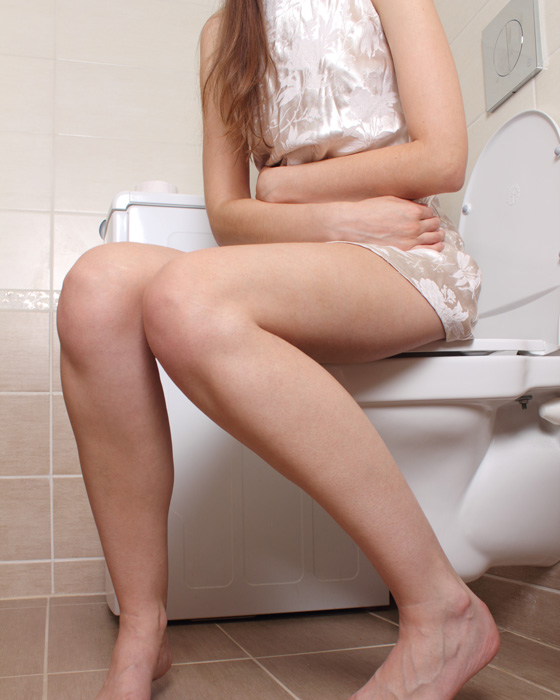Bladder prolapse, also known as cystocele, occurs when pelvic floor muscles and ligaments are stretched and/or weakened to allow the bladder to sag into the vagina. In severe cases, the bladder can appear at the vagina’s opening or protrude through it.
Causes of Bladder Prolapse Include:
- Stress on pelvic muscles and ligaments during childbirth
- Heavy lifting
- Chronic coughing
- Constipation
- Obesity
- Menopause
- Frequent straining during the passing of stool
- Previous pelvic surgery
Women who have had multiple pregnancies or deliver children vaginally are at a higher risk for bladder prolapse. In rare cases, bladder prolapse may be a congenital condition.

Symptoms:
- Frequent or urgent urination
- Leakage of urine
- No bladder relief following urination
- Frequent urinary tract infections
- Discomfort or pain in the vagina, pelvis, lower abdomen, groin, or lower back
- Heaviness or pressure in vaginal area
- Pain during sexual intercourse
- Tender or bleeding tissue protruding from the vagina
Tests:
Typically, bladder prolapse is detected during a thorough pelvic exam. In some cases, the condition may be diagnosed with a voiding cystourethrogram, a procedure that utilizes a series of x-rays during urination to visualize the shape of the bladder and obstructions to urine flow.
Treatments:
Kegel exercises are recommended for cases of mild bladder prolapse. These exercises are designed to strengthen the pelvic floor muscles. For more advanced cases, estrogen replacement therapy, electrical stimulation, biofeedback, or vaginal support devices may be recommended. Surgery (Robotic Sacrocolpopexy) may be performed in more advanced cases.
